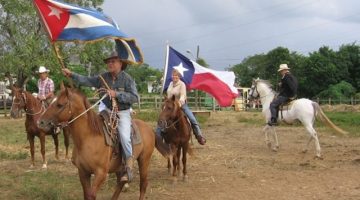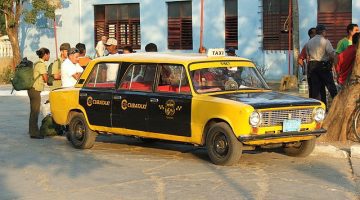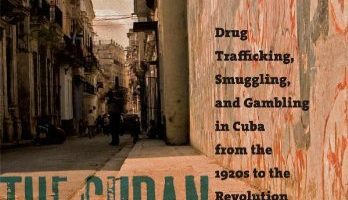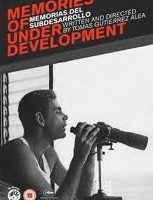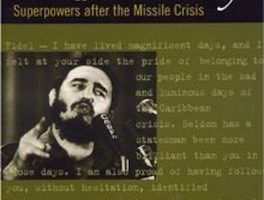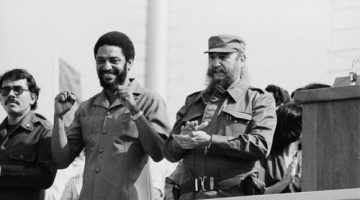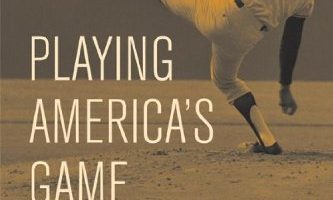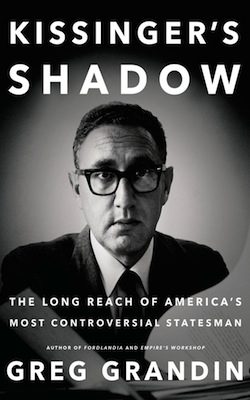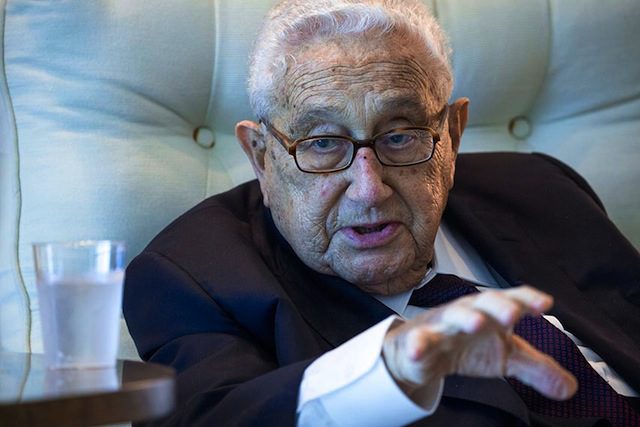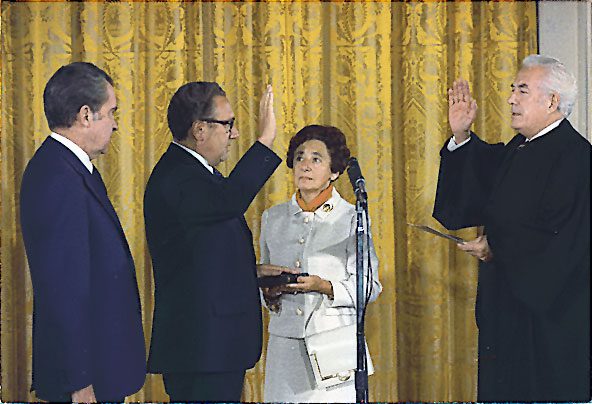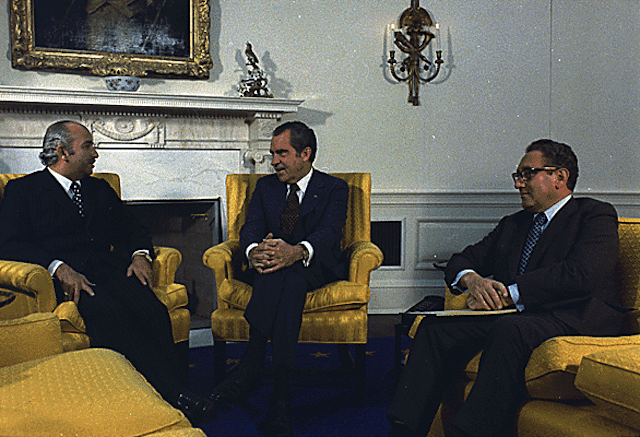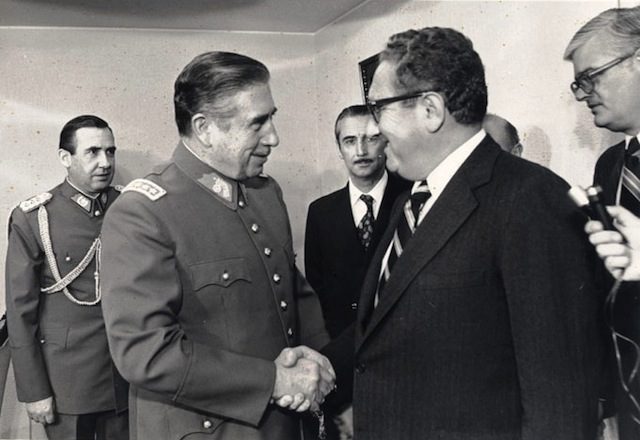When Fidel Castro died last week at age 90 he had survived 11 US Presidents. A dictator who stifled free speech, political opposition, and nonconformity, and a revolutionary who made education, health care, and independence high priorities, his legacy will be debated for many years to come.
We have reported on Cuba regularly over the years and link below to all the articles in our archive.
In our first year online in 2011, Prof Frank Guridy (now at Columbia University) offered an online book discussion group on Cuba, leading discussions of three books you might like to read:
Louis A. Perez, Jr., On Becoming Cuban: Identity, Nationality, and Culture
Jana Lipman, Guantánamo: A Working-Class History between Empire and Revolution
C. Peter Ripley, Conversations with Cuba
We featured Prof Guridy’s own book on the connections between Afro-Cubans and African Americans in February 2012: On the Transnational Black Diaspora. You can see our video interview with him on that page as well.
The Future of Cuba-Texas Relations
Capitalism After Socialism in Cuba
The Cuban Missile Crisis
I am Cuba, for Sale (1964)
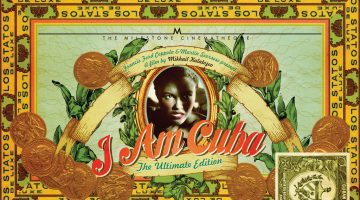
An extravagant party on the rooftop of a Havana hotel. It’s the late 1950s; hedonistic tourism is booming in the City. A band plays loud. Drinks. Laughter. Our line of vision moves from the hotel’s rooftop to a crowd of tourists below, where we see a woman and follow her into the pool. Underwater….Hailed today a classic for its inventive cinematography, “I am Cuba” was virtually forgotten for three decades.
The Cuban Connection by Eduardo Saénz Rovner (2008)
The Old Man and the New Man in Revolutionary Cuba
Sad and Luminous Days: Cuba’s Struggle with the Superpowers after the Missile Crisis by James G. Blight & Philip Brenner (2002)
Che in Gaza: Searching for the Story Behind the Image
Operation Urgent Fury: A Revolution Aborted
Che: A Revolutionary Life by Jon Lee Anderson (2010)
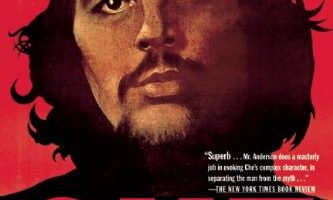
In July 1997, a Cuban-Argentine forensic team unearthed the skeletal remains of Comandante Ernesto “Che” Guevara in Vallegrande, Bolivia. Thirty years earlier, on October 9, 1967, CIA-trained Bolivian Special Forces agents had captured and executed the thirty-nine-year-old revolutionary before dumping his body in a shallow pit near a dirt runway.
Making History: Takkara Brunson
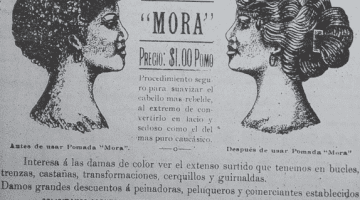
In the sixth installation of our new series, “Making History,” Zach Doleshal speaks with Takkara Brunson about her research on Afro-Cuban women in pre-revolutionary Cuba. Brunson’s research experiences in Cuba, and stories of the fascinating women who form the core of her research offer a taste not only of life and work in a place few Americans get to visit, but also a window into the making of a social and cultural historian.
From Baseball to Politics
Che’s Afterlife: The Legacy of an Image by Michael Casey (2009)
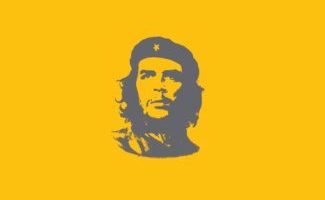
How can we make sense of the coexistence of bumper stickers depicting Rambo and Che Guevara in a traffic jam in Bangkok, Thailand? Although this book never answer its opening question, such an insight might allow us to understand Casey’s attempt to explore the different uses of an image that remains remarkably vital decades after its capture.
Latin America’s Cold War by Hal Brands (2010)
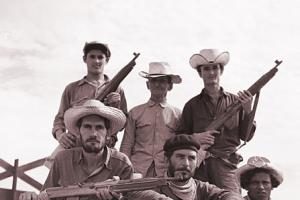
In this new book, covering the entire period of the Cold War in Latin America, Hal Brands restores agency and initiative to Latin American actors, in the process demolishing many of the platitudes that have governed much of the U.S.foreign policy literature.image Based on prodigious research in a dizzying array of U.S., Latin American, and even East German archives, Brands’s work advances a trenchant interpretation that cannot be ignored.
Conflicting Missions: Havana, Washington, and Africa, 1959-1976 by Piero Gleijeses (2002)
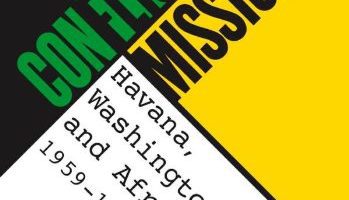
Conflicting Missions: Havana, Washington, and Africa, 1959-1976, takes readers beyond the familiar categories of the Soviet-American Cold War. In the wake of decolonization, as charismatic national leaders emerged across Africa – from Algeria to Zaire – statesmen in Washington and Moscow waited anxiously to see if the new governments would align with democracy or communism.
